Retro Replay Review
Gameplay
Gradius: The Interstellar Assault brings the classic side-scrolling shoot-’em-up formula to the Game Boy with impressive fidelity. Players pilot the iconic Vic Viper through a gauntlet of alien forces, dodging intricate bullet patterns while returning fire with an arsenal of increasingly powerful weapons. The core loop of memorizing enemy placements and reacting with precision is as satisfying here as in any home-console Gradius title.
(HEY YOU!! We hope you enjoy! We try not to run ads. So basically, this is a very expensive hobby running this site. Please consider joining us for updates, forums, and more. Network w/ us to make some cash or friends while retro gaming, and you can win some free retro games for posting. Okay, carry on 👍)
At the heart of the experience lies the signature Gradius power-up bar. By collecting power-up pods scattered throughout each level, you can strategically choose which upgrades to activate—speed boosts, missiles, double shots, lasers, and the devastating “Option” satellites that follow your ship. This system rewards foresight and on-the-fly decision-making: do you grab that shield first to weather a barrage, or power up your main cannon for maximum offense?
Difficulty ramps up steadily, with boss encounters that demand pattern recognition and swift reflexes. While veteran Gradius players will appreciate the faithful challenge, newcomers can make progress by learning to chain power-ups effectively and mastering the roll maneuver to weave through tight bullet storms. The balance between challenge and reward ensures that each successful run feels earned and encourages replayability.
Adding further depth are short animated interludes between stages, a feature seldom seen on the original Game Boy. These snippets not only break up the relentless action but also provide a brief breather to appreciate your ship’s journey through hostile space. They frame each upcoming stage with hints of new threats and environments, keeping the momentum fresh across multiple play sessions.
Graphics
Despite the Game Boy’s monochrome palette and modest resolution, Gradius: The Interstellar Assault delivers surprisingly detailed sprites and backgrounds. Enemies are distinguishable even in hectic moments, and the Vic Viper itself remains crisp throughout. Terrain elements—asteroid fields, space stations, and organic alien structures—are rendered with enough clarity to telegraph safe paths versus hazardous areas.
Animations flow smoothly, especially considering the hardware constraints. Explosions bloom with satisfying frames of debris and flashes, while your ship’s weapons exhibit clear visual feedback. The game maintains a consistent frame rate, ensuring that screen freezes never undermine the precision required for weaving through bullet patterns.
The aforementioned animated segments between levels are a graphical highlight. They present small but expressive cutscenes that depict the Vic Viper launching, docking, or warping to the next theater. Though limited to a handful of frames, these animations create a sense of scale and progression absent in many contemporaneous handheld shooters.
Environmental variety also shines through the Game Boy’s limitations. Shifting from the emptiness of deep space to the tight corridors of enemy installations, each stage introduces new tile sets and parallax effects that prevent visual monotony. Coupled with on-screen indicators for power-ups and remaining lives, the clean HUD design ensures you’re never left guessing.
Story
Gradius has never been celebrated for narrative depth, and The Interstellar Assault continues that tradition while offering just enough context to engage the player. You once again assume the role of Vic Viper pilot, facing off against the nefarious Bacterion Empire and its ever-evolving armada. While the premise is straightforward, it serves as an effective backdrop for the high-octane action.
The introduction of brief animated bridging sequences elevates the storytelling experience. Rather than jumping straight from stage to stage, you witness minimalistic but charming vignettes that track the Vic Viper’s missions across different sectors. These segments hint at the scope of the conflict—destroying fortress generators, infiltrating bio-organic zones, and breaching heavily defended fleets.
Though there are no voiced dialogues or extensive text dumps, the minimalism works in its favor. By focusing on visual storytelling, the game maintains its breakneck pace and avoids bogging down the player with lengthy exposition. The implied narrative of an interstellar struggle fuels your motivation to complete each stage and face the next boss.
Ultimately, The Interstellar Assault’s story serves its purpose: to give structure to the action. You may not remember intricate character arcs or plot twists upon finishing, but you will recall the tension of infiltrating the Bacterion stronghold and the triumph of delivering the final blow.
Overall Experience
Gradius: The Interstellar Assault is a standout shooter on the Game Boy, proving that handheld gaming can replicate the thrills of arcade-style blasting with remarkable authenticity. The combination of tight controls, strategic power-up management, and varied level design keeps players engaged from start to finish. Even seasoned veterans of the franchise will find new challenges in mastering each stage.
The game’s aesthetic charm—monochrome though it may be—is complemented by the interlude animations that inject personality and narrative cohesion. These touches, while modest, demonstrate the developers’ attention to detail and willingness to push the handheld hardware beyond its perceived limits.
Sound design contributes effectively to the overall atmosphere. The upbeat electronic soundtrack drives the action forward, and the crisp beep-and-boom effects provide essential audio cues for enemy hits and power-up collection. Paired with a responsive directional pad and well-placed shoulder button for smart bombs, the controls feel intuitive and precise.
For potential buyers weighing this title, consider your appetite for challenging shooters. If you relish memorizing attack patterns, optimizing power-up selections, and striving for flawless runs, Gradius: The Interstellar Assault will reward you handsomely. It may lack the color and complexity of home-console entries, but its disciplined design and addictive loop make it a must-have for any Game Boy library seeking quality shoot-’em-up action.
 Retro Replay Retro Replay gaming reviews, news, emulation, geek stuff and more!
Retro Replay Retro Replay gaming reviews, news, emulation, geek stuff and more!
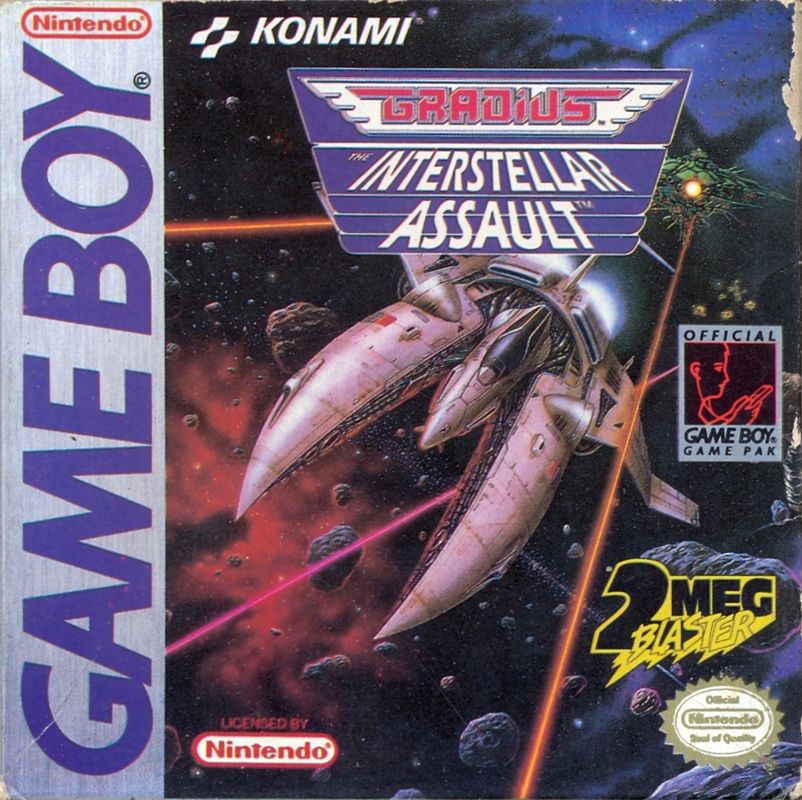

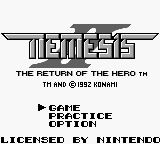
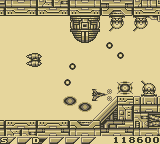
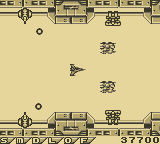
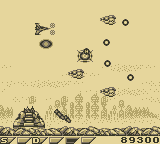



Reviews
There are no reviews yet.